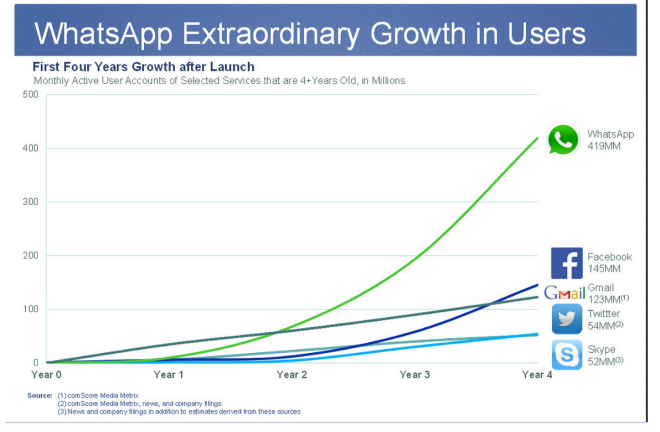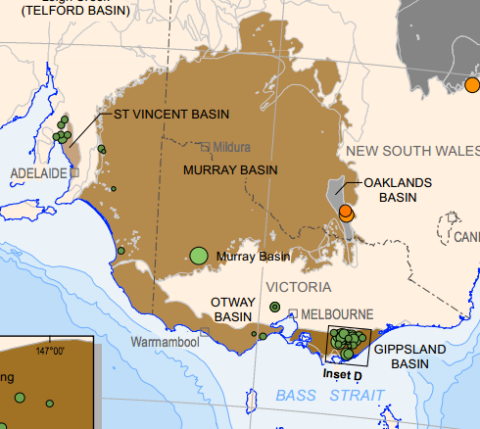Bunnings is more than a gigantic hardware store. Its canyon-esque aisles whisper to you of self-reliance and ruggedness, if not quite suggesting a log cabin of your own construction then at least the sort of Barbecue a man can be proud of.
Once you’re over about 26 it seems to slowly turn into a refuge, a bit like Thoreau and his woods.There’s always a sausage sizzle out the front on weekends and it has become an Australian institution.
Nevermind that it is based on an American big-box retailing model, or that it has only been a national chain since 1994, after it bought out McEwans hardware, closed most of the outlets, then sold itself to mega conglomerate Wesfarmers.
The reason there are now around 280 Bunnings nationwide is that the store is so good. We don’t begrudge the many hours spent lost in its chasms and nooks. It’s like that because it is cheapest. Right?
A tentative Google suggests, um, well, :


There are three big tricks that Bunnings uses to reinforce the widely-held belief they are so cheap.
1. They often choose prices that to the first glance look odd. For example, they sell hammers for $8.45, $37.97, and $62. Apparently the theory is a range of irregular and specific numbers make customers think the price has been ratcheted down as low as it possibly can be.
Rather than having all the prices in the format $X9.99, the prices imply Bunnings takes the trouble to price everything at its minimum.
2. Using people from the stores in the ads. (I thought they might be actors but the internet says no. There are 33,000 staff so I guess some must be able to pass a screen test).
The point is, this is signalling. Bunnings has ads on during high-rating shows – they are not stinting on their marketing budget.
But if they deploy great cinematography and a highly polished vibe, like you might see in a car ad, it creates the impression they are wasting money on ads. Instead the ads look cheap and cheerful. The same motivation is behind The Good Guys using their staff in ads even though they too are a heavy-hitting national chain. (Baker’s Delight use their staff in ads to signal something else – that the bread is made by real people, not a factory.)
The signalling effect even flows through to the way stores are designed. Here’s Cotsco founder Jim Sinegal talking about his store’s budget vibe.
3. “Lowest Prices guaranteed” / “Lowest Prices are just the beginning.”
This slogan seems to have moved away from using the word “guarantee” recently. But the claim is still a strong one. The only way Bunnings can get away with it is their price-beat guarantee: “Find a lower advertised price and we’ll beat it by 10 per cent.”
That is an extremely clever business plan. While anyone might think they could mock up an ad that offers something very cheaply and trick Bunnings into giving them a deal, the reality is the store would happily accept being tricked to get the benefits of such an offer. They would probably rather more people took them up on the price-beat guarantee.
Let me explain:
The effect of the price-beating offer is to permit price discrimination. They can sell things at a higher price to people that don’t bother shopping around, and at a lower price to those that care about price. That means they charge different prices to different types of people, just like a hotel or airline does, maximising yield.
But the real killer of a price guarantee is the way it discourages other chains from discounting and promoting. If I run Think Engine Hardware, why would I put an ad in the paper telling everyone Cordless Drills – Now 30 per cent Off!? I know customers can and will still go to Bunnings. Offering to beat advertised prices is very close to being anti-competitive behaviour, as it can cause all firms to raise prices.
From the great knowledge fount:
“While a store with price matching guarantees has no fear of losing customers to rivals’ price cuts, it has every incentive to raise its own price to charge a higher price to its loyal customers. It is an anti-competitive tactic that warns competitors not to attempt to steal market share by undercutting prices.”
So, Bunnings is like any other retail operation, playing clever psychological games to disguise healthy mark-ups.
It had earnings of $900 million on revenue of $7.7 billion last year, and contributed 26 per cent of Wesfarmers earnings before tax, etc. Wesfarmers is currently working on “conversion of the property pipeline into trading locations at a higher rate than historically achieved” in order to help Bunnings contribute even more to its annual profits, which were, last year $2.2 billion.































































